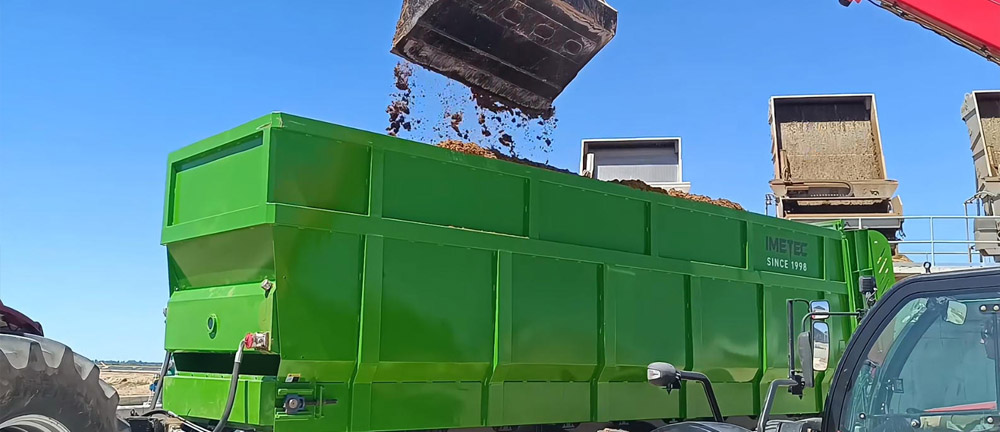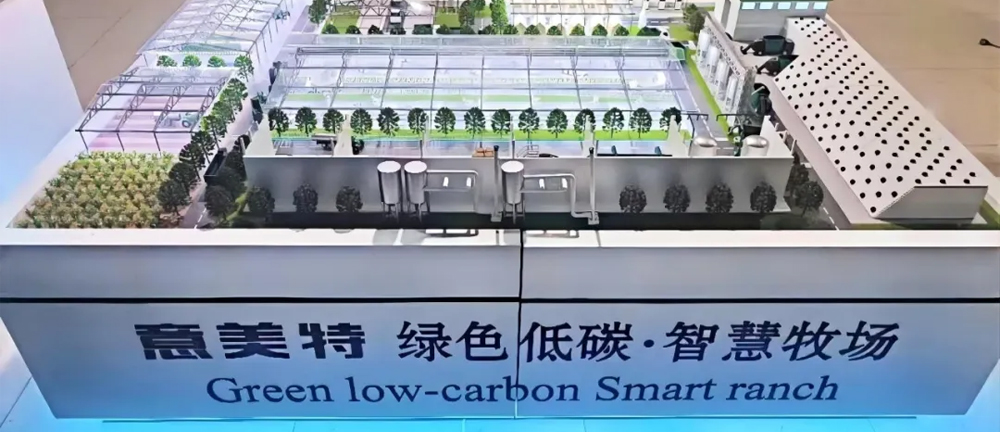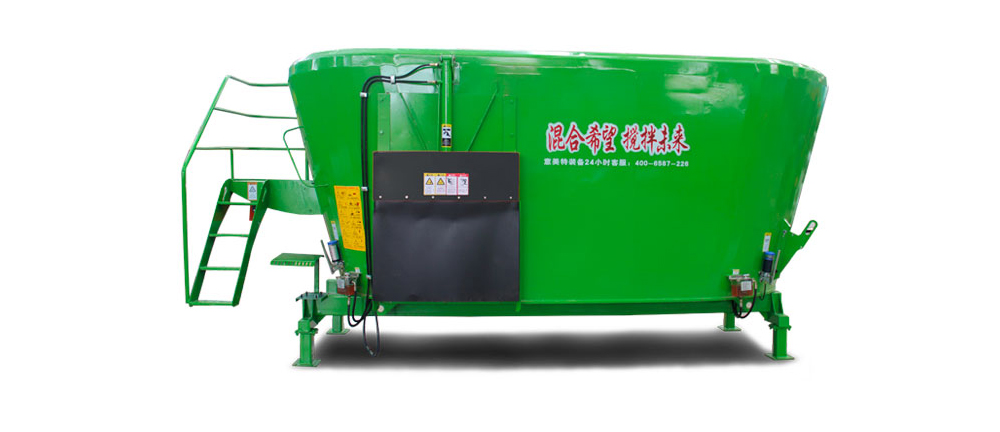telescopic Handler: A Comprehensive Overview
1. Definition and Development History
Originally pioneered by JCB (UK) in 1977 and commercialized by Manitou (France) in 1981.
Common names in Chinese include "伸缩臂叉装车" (stretching boom forklift) and "伸缩式搬运车" (telescopic material handler), with the international standard term being "Telescopic Handler."
2. Core Structure and Functionality
Telescopic Boom Design: Multi-stage hydraulic telescopic boom enables obstacle clearance, with a maximum lifting height of up to 9.75 meters (e.g., CLAAS SCORPION 1033) and a rated lifting capacity of 5,000 kg.
4WD Chassis: Equipped with full-hydraulic steering and high ground clearance for operation in rough terrains such as construction sites and farms.
Multi-Function Attachments: Supports quick-change attachments like forks, buckets, and aerial work platforms, enabling tasks such as material handling, lifting, and personnel access.
3. Technological Trends and Market Dynamics
Electrification Shift: Driven by EU environmental regulations, electric models are rapidly gaining market share, though diesel-powered units still account for 87% of sales in 2024.
Smart Upgrades: Integration of IoT monitoring, load-sensing systems, and remote diagnostics enhances safety and efficiency.
Localization Efforts: Chinese manufacturers have achieved self-sufficiency in critical components (e.g., transmissions, drive axles), reducing production costs.
4. Key Applications
Construction: High-rise material transport, tunnel construction, and aerial equipment installation.
Agriculture: Handling hay, straw, and other farm materials, often paired with smart loading systems (e.g., SMART LOADING) for efficiency.
Industrial Logistics: Stacking and de-stacking multi-row pallets in narrow aisles, with crab steering for precision maneuvering.
5. Representative Models and Specifications
Model Lifting Capacity Max. Height Power Type
CLAAS SCORPION 1033 4.1 tons 9.75 meters 136 hp diesel
ManiHEX Series 5 tons 9.6 meters Hydrostatic drive
Summary
Telescopic handlers combine forklift lifting and off-road mobility, adapting to diverse industrial needs through modular design and continuous innovation. The global market is projected to grow from 43.44 billion (2024)**‌ to ‌**56.85 billion by 2031, driven by construction, agriculture, and logistics demands.






